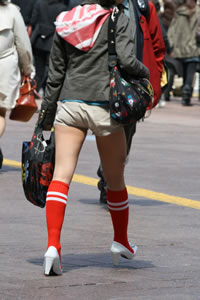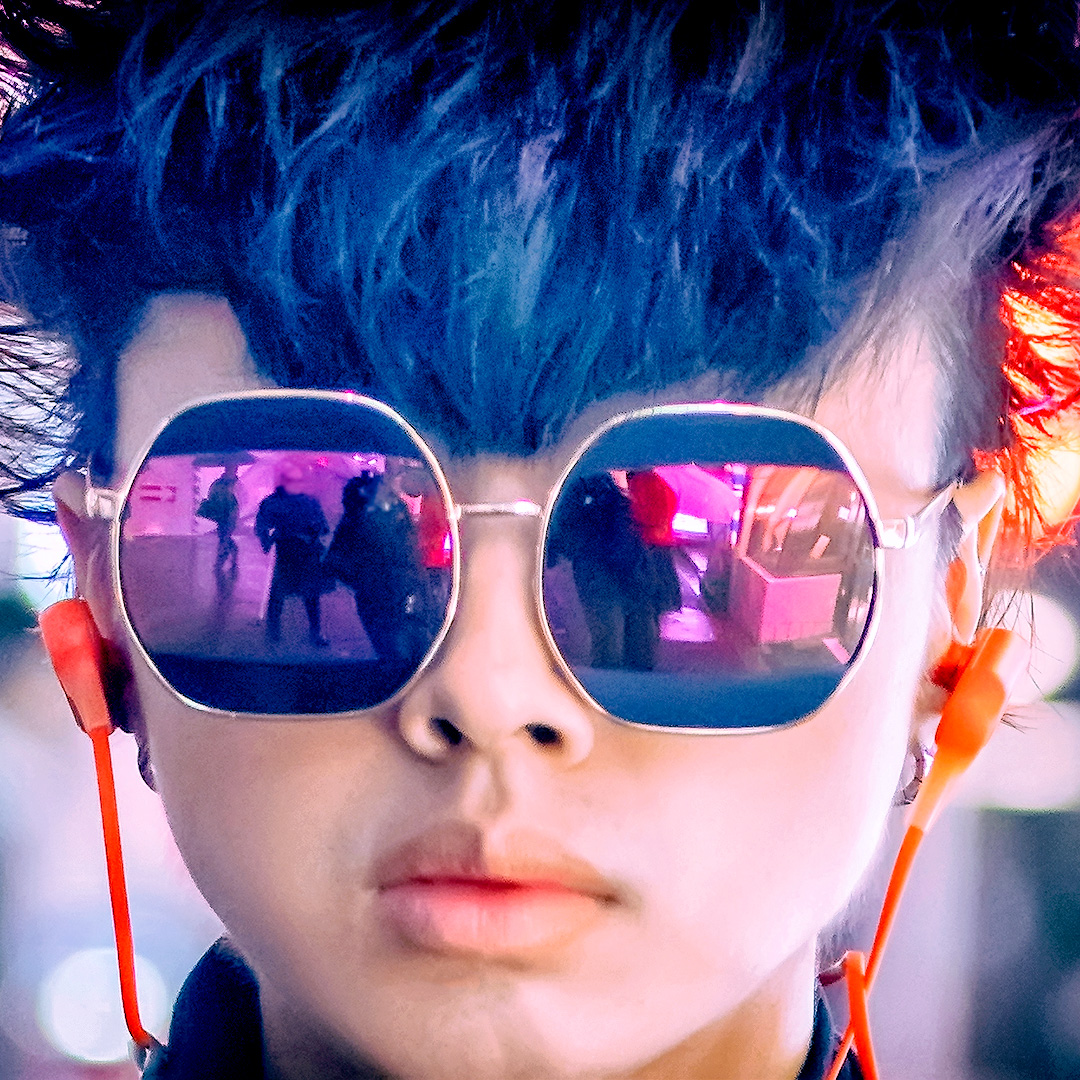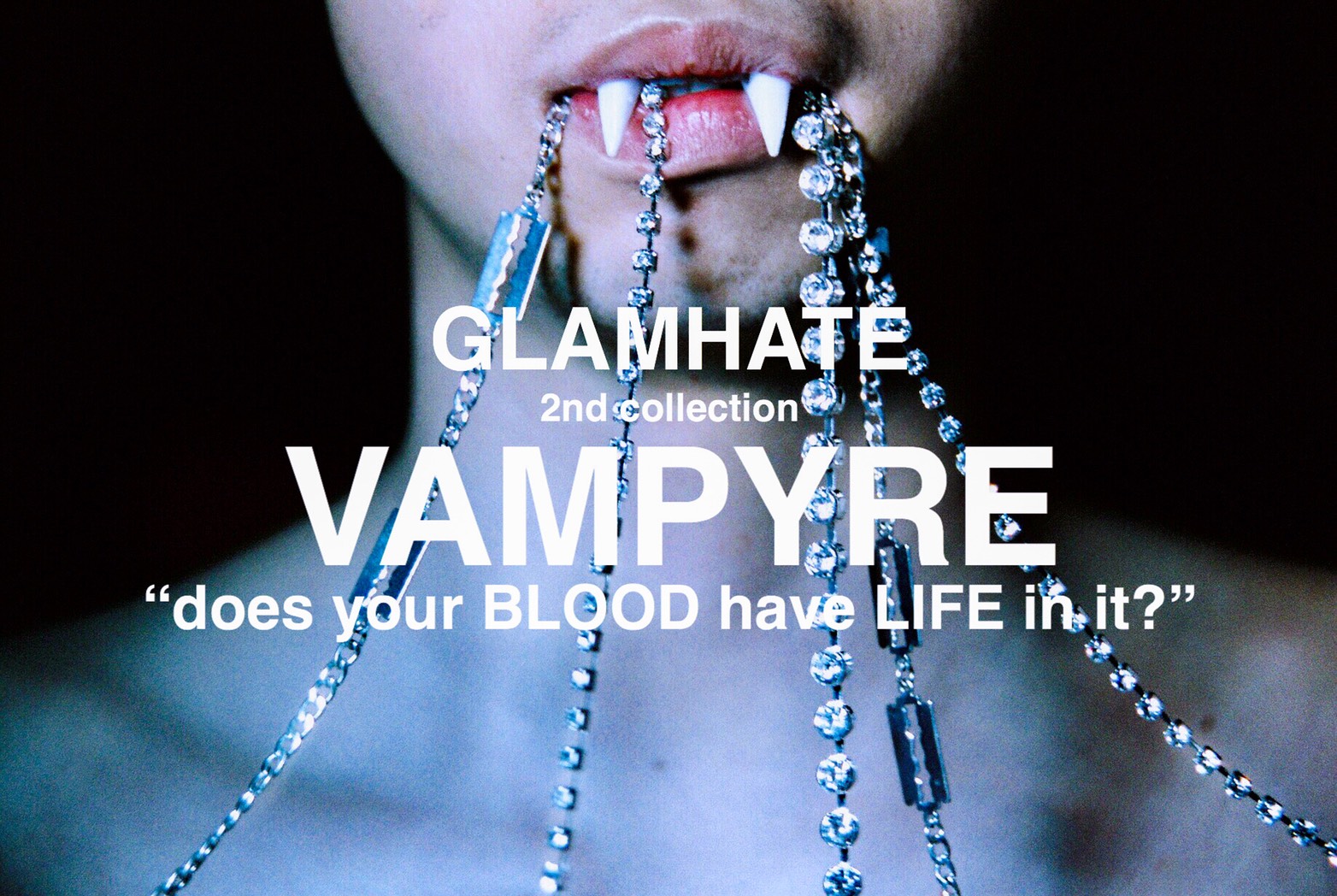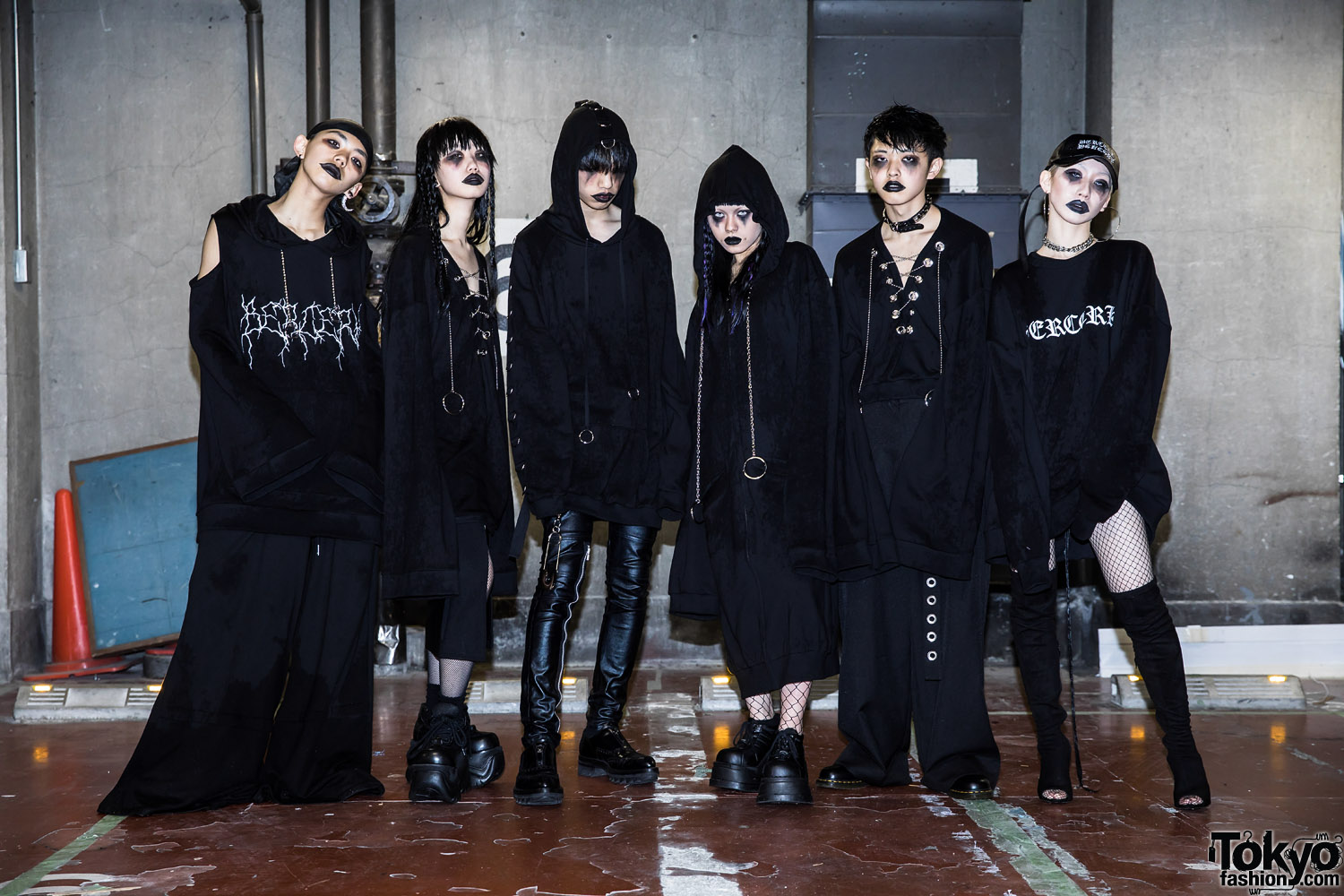Tokyo Fashion Trends
 Since the 1980s, Tokyo has been the focal point of almost every new fashion and cultural trend to develop in Japan. As the world’s largest city, Tokyo’s dozens of unique districts and neighborhoods have been home to some of the most unique new forms of creativity and expression ever seen in the fashion industry.
Since the 1980s, Tokyo has been the focal point of almost every new fashion and cultural trend to develop in Japan. As the world’s largest city, Tokyo’s dozens of unique districts and neighborhoods have been home to some of the most unique new forms of creativity and expression ever seen in the fashion industry.
Many people think of Tokyo fashion trends and assume they will find a wide array of outlandish designs and styles typical of the images they find in magazines and traveler’s books. While certain parts of Tokyo have become famous for outlandish colors and combinations of various styles, there are other styles and trends that are much more traditional or built off of existing styles from the west.
Japanese Fashion Trends Explained
Gyaru
When most people think of outlandish Japanese fashion, it is the Gyaru trends they are envisioning. Literally meaning “gal” in Japanese, Gyaru refers to the legions of young teenage (and early 20s) girls who take to the streets of Omotesando and Aoyama wearing incredibly expressive fashions.
Harajuku’s crowded streets are often a source of these trends, and often magazines like Egg are chosen reading for its practitioners. There are various different methods in which Gyaru girls dress and make themselves up, but the most commonly referenced is that of Ganguro in which incredibly dark fake tans are applied through bronzer and tanning equipment to darken the skin. White makeup and bleached hair contrast the darkened skin and expressive, bright clothing is often worn in conjunction.
Other Gyaru styles include B-Gyaru in which young women dress to look like popular overseas R&B artists, Himegyaru in which young women wear bright pink makeup, long eyelashes, and huge, bouffant hairstyles with expressive, almost gothic style dresses and bows. Another common term used to describe some Gyaru trends is Kogal – often referring to young women who alter their skin and hair color while attempting to constantly retain a “cute” look with trendy new clothing.
Yamanba is another popular derivative of Gyaru style that involves wearing excessive makeup, stickers of cartoon characters and a large amount of fake jewelry and brightly colored clothing. Ganguro makeup is often applied and hair extensions are often added.
Onii-Kei
This popular Tokyo fashion trend refers to a way in which many young Japanese males dress, combining “ame-kaji” or American Casual with “ita-kaji” or Italian Casual with a Japanese sense of rock and glam. Usually men who follow this fashion trend are interested in acquiring the newest and most fashionable label products and are very much into accessories such as belts, watches, sunglasses, and pouches from those brands. A popular hair style for Onii-kei style men is the “Wolf Hair” style which is essentially a loose, shaggy hair cut with gelled, teased ends.
Onee-kei is the female origin of this style, which originally appeared in the mid-1990s when women in Shibuya started growing out of the Gyaru styles they were wearing and started wearing more adult looking body dresses and clothing. Today, Onii-kei can involve everything from a more military style appearance in the Ame-kaji tradition to a more European, suited appearance in the Ita-kaji tradition.
Lolita Style
The Lolita style started in the 1970s with the advent of brands like Angelic Pretty in Tokyo and has grown exponentially in the 1990s and 2000s with the development of publications such as the Gothic-Lolita Bible which showcases numerous new Lolita styles and trends that quickly spread throughout Japan (and now North America and Europe with recent translations).
The style itself involves a combination of 19th century Victorian and Edwardian clothing and makeup that very much mimics the appearance of popular porcelain dolls. Young women and teenagers will wear colorful lace dresses and outfit themselves with a large number of accessories such as bonnets, shoes, socks, and ribbons. Additional touches can include dyed hair and even color contact lenses to appear more like the Victorian dolls.
Variations to the inspiration for the style have included things like special backpacks and the inclusion of slightly less innocent imagery, and a more gothic bend to the style. Recent designers like h.Naoto have taken the trend in the complete opposite direction, nearly completely abandoning the cuteness of the Lolita in favor of the grit in the Gothic, though most clothing bought and worn in Tokyo streets tends to be a mixture of the two.
Decora Style
Made famous by fashion magazines like Fruits (and often called Fruits-style as a result) Decora is short for “Decoration”, a Tokyo street fashion that involves wearing as much colorful clothing and as many colorful accessories as possible. The clothing itself will often be overshadowed by the sheer weight and volume of the accessories including everything from plastic toys and jewelry to feather boas, wings, thick boots, and extra pairs of socks.
Japanese Streetwear
Streetwear is a general term that has come to define a number of developing fashion trends in Tokyo. Generally, the style refers to those who take their inspiration from Hip hop and R&B culture from overseas and in Japan. Designer sneakers, military inspired jackets, and screen printed t-shirts are often common aspects of this style. However, there are multiple derivatives of it as well.
Punk has a major influence in most Tokyo streetwear fashions, including the advent of the screen printed t-shirt and the slim legged denim that has become both famous in Japan and around the world for its original, handmade ingredients and sources.
Skateboarding culture is another major influence on streetwear fashions and can best be seen in the massive array of different sneaker brands and styles on the market in Tokyo and throughout Japan.
Tokyo’s Trend Setting Ways
For two decades, Tokyo’s streets have been a showcase for new fashions and trends to emerge. These trends are often the seeds of what Japan will be wearing in months or years to come and have intrigued visitors, celebrities, and fashion personalities from around the world. If one wants to know what the next likely street or youth fashion trends might be in two or three years, often they need only look to Tokyo.
Related Links
- J-Fashion Styles – a list of Japanese fashion styles.
- Japanese Fashion Forum – a forum where people discuss Japanese fashion.
- Tokyo Fashion Overview – an overview of current Japanese fashion.
- Tokyo Brands – Japanese fashion brands article.




Comments are closed.